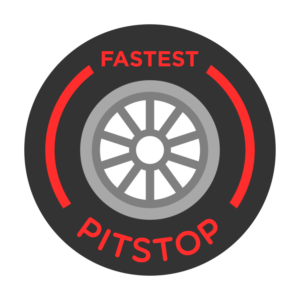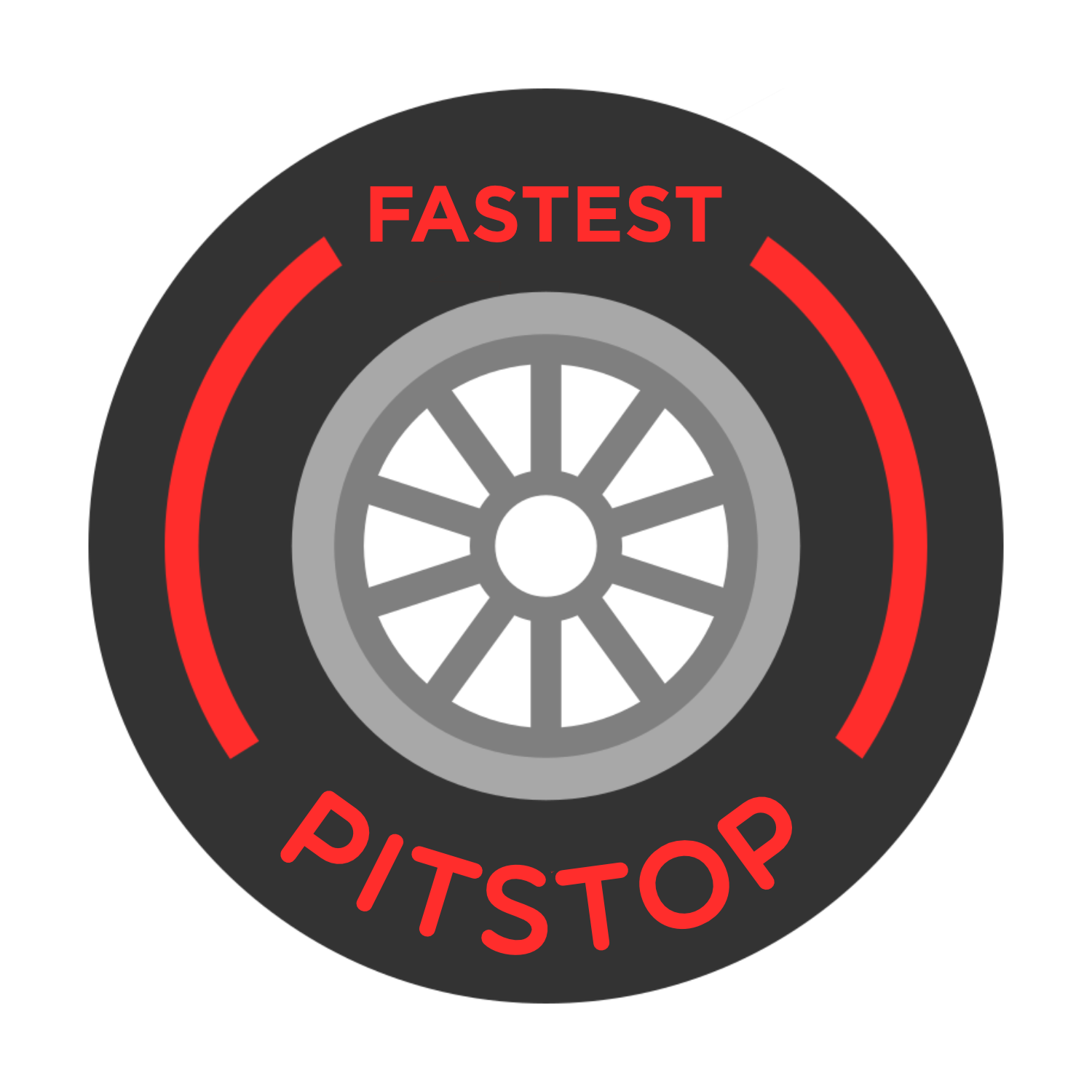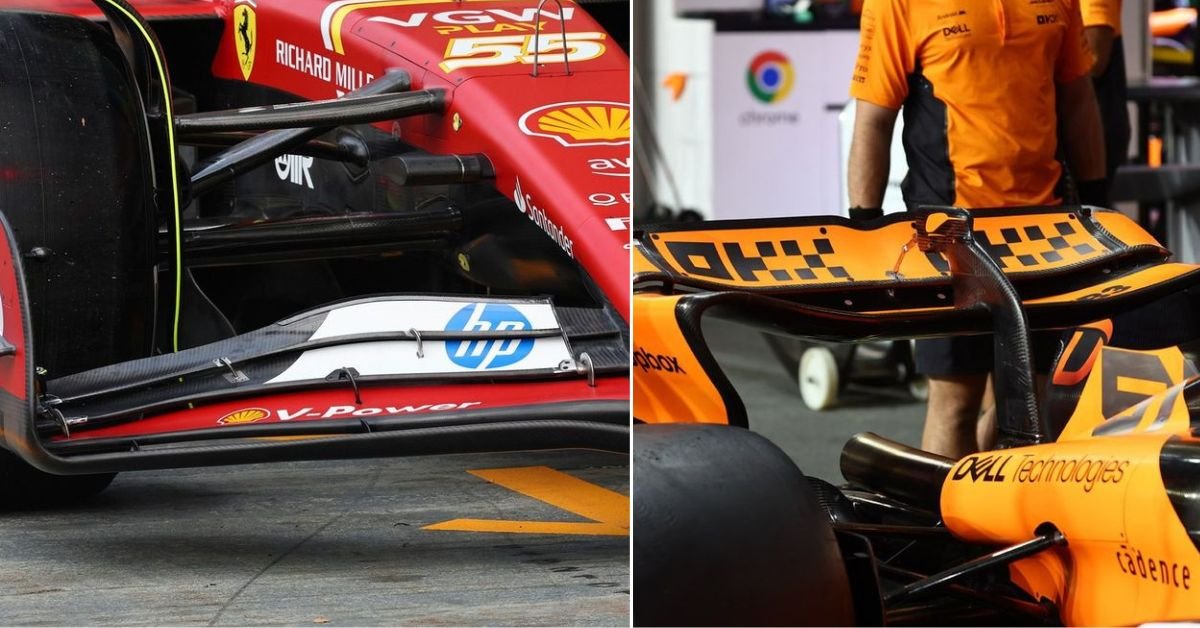The aerodynamics of a Formula 1 car are vital to making it faster. The front and rear wings are integral to ensuring the car works at its best. Teams spend many hours in wind tunnels and CFD simulators, ensuring they get these intricate components correct.
Both aspects of the car are crucial in cornering at the highest speeds possible by creating downforce. What do the front and rear wings do to the F1 car to make them so important?
How does the front wing affect the F1 car?
The main function of the front wing is to create downforce, vital for allowing drivers to take corners as fast as possible and giving drivers optimum grip. To achieve this, the front wing manipulates air pressure which pulls the car down. Teams carefully position flaps on the front wing to aid with creating the optimum downforce.
The front wing also controls the airflow around the car, which impacts how other aerodynamic components work, like the rear wing and the underfloor. The driver can still adjust the front wing after the car is in parc ferme conditions. They can move the angle to change the downforce settings.
The front wing is made from carbon fibre, which is both rigid and lightweight. In the design of the front wing, the gaps between each element allow air to pass through. The endplates on the wing are used to redirect airflow around the tyres, which minimizes drag and helps the airflow into the sidepods. The wing flaps on the car help facilitate airflow to the radiators, helping keep the engine cool.
How do rear wings affect F1 cars?
Like front wings, rear wings also contributed to downforce levels. However, the rear wing also affects the car’s top speed. It creates another force, drag, which can be detrimental to the car’s speed on the straights. Teams have to find the right balance between the downforce and drag levels to make their car fast around corners and faster on straights. In circuits with more straights like Monza, teams will run a ‘skinny’ rear wing to counter this.
The rear wing also holds the overtaking device, the drag reduction system (DRS). By opening a flap in the rear wing, drag is significantly reduced increasing the top speed. In the new 2026 regulations, DRS will be removed from the cars, and replaced by a new system which will allow bong wings to open. It won’t be an overtaking aid as any driver can use it at any time during the race.
The endplates of a rear wing help manage the airflow while reducing drag and turbulence. The actual flap of the wing can be moved. When facing at a downward angle, it increases the downforce produced making the car grippier. When angled upward, it reduces downforce making the car faster on the straights.












